Poorna Swaraj or Lahore Session of Congress (1929):
The Calcutta session of the Congress had served as an ultimatum to the British Government to accept the Nehru Report by the year-end or to face a mass movement that Congress threatened to launch. Since the one-year time limit set at the Calcutta session passed without a positive reply from the Government the Nehru Report declared to have lapsed at the Lahore session of the Congress in December 1929. Jawaharlal Nehru was elected President of this historic session of the Congress.
The Lahore session of the Congress passed a series of landmark resolutions, which are in essence as under-
- The Nehru Committee Report had lapsed (i.e. Dominion status was now not acceptable).
- As per the Poorna Swarajya resolution passed at the Lahore Congress the word Swaraj in the Congress Constitution would thenceforth mean Complete Independence or Poorna Swarajya which was set forth as the goal of the national movement.
- In pursuance of the above, the Central and Provincial Legislatures and the Committees constituted by the Government were to be completely boycotted.
- All future elections were to be boycotted.
- A programme of Civil Disobedience was to be launched.
The adoption of Poorna Swarajya as the goal of India was hailed with befitting solemnity. As the clock struck midnight on December 31, and the date of an ultimatum issued by the (Calcutta-1928) Congress expired, Jawaharlal Nehru, the President of the Congress unfurled the flag of India’s Independence on the banks of the Ravi in Lahore.
The Congress Working Committee, which met on January 2, 1930, decided that January 26, 1930, should be observed as the Poorna Swarajya Day. On that day a Poorna Swarajya pledge was drafted by Mahatama Gandhi.
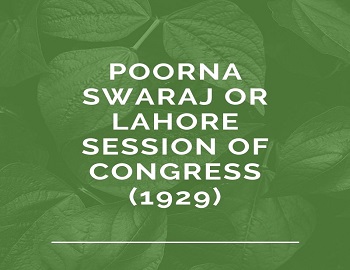

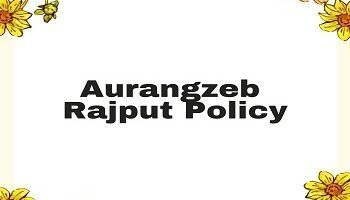
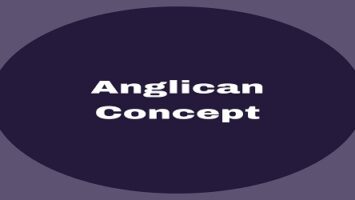
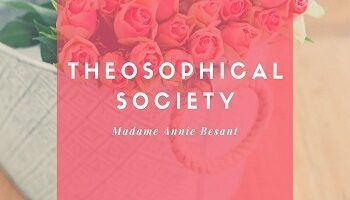

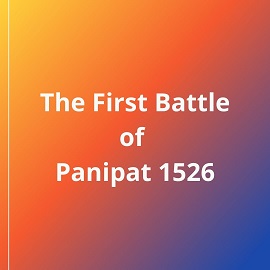
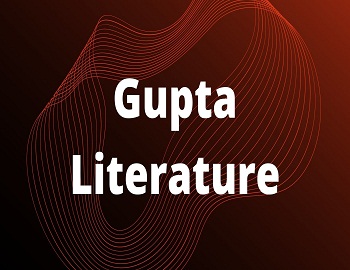

Comments (No)